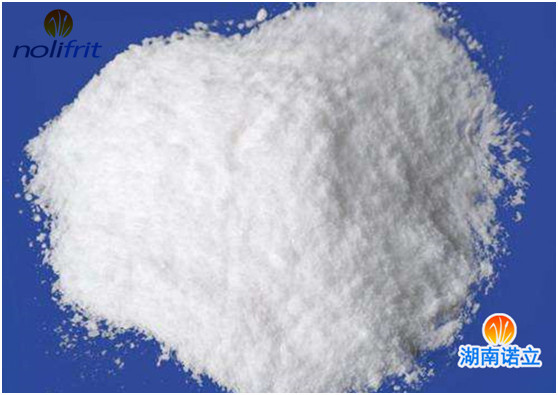Application Of Borax in Porcelain Enamel
The raw materials of enamel frit can be divided into six kinds according to their functions: refractory raw materials, fluxes, opalescent agents, colorants, electrolytes, and suspending agents. They have different functions, such as clay as a suspending agent, which can improve the fire resistance of enamel and enhance the strength of the dry powder layer, and quartz as a refractory raw material, which can prevent enamel cracking and fish scale explosion. Today, I will focus on borax, which is necessary for enamel manufacturers, and what role does it play in enamel.

Borax (Na2 B4O7 • 10H2O) is an important neutral flux, which can reduce the firing temperature of enamel and increase fluidity.
Borax is easy to combine with oxides in enamel frit, and its melting point is very low, and it is easy to melt with iron billet. If it is added too much, it will form slag. Usually, borax is about 20%~45% in the ground coat and about 20%~45% in the cover coat. About 15% to 40%.
Borax in the ground coat can effectively resist "copper head", prevent rust and reduce focal spots. When the content of borax in cast iron enamel is appropriate, the properties are good and the gloss is high. When the content is too high, the viscosity of the enamel decreases and bubbles are easily generated. When the borax content of the steel plate enamel is too high, it is easy to peel off and crack.
In addition to borax, common fluxes include sodium carbonate (NaCO3), Chilean saltpeter, fluorspar (CaF2), cryolite (Na3AlF6), etc. If you want to know more detailed enamel information, welcome to follow us!